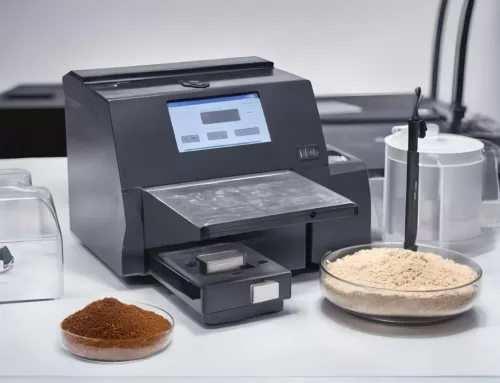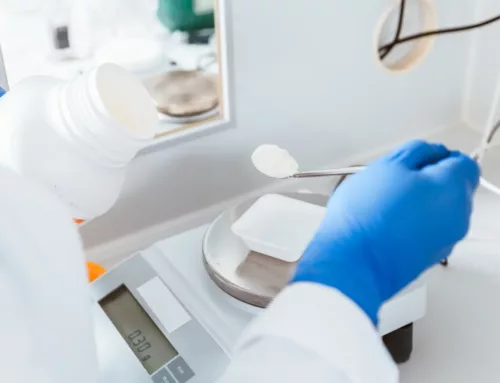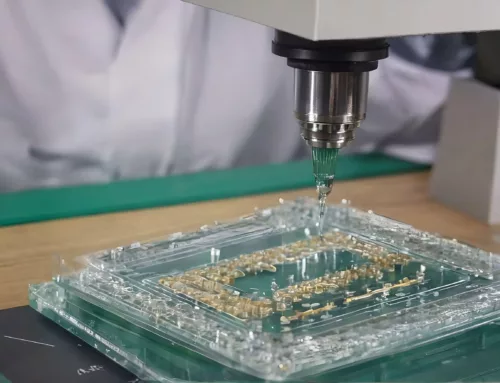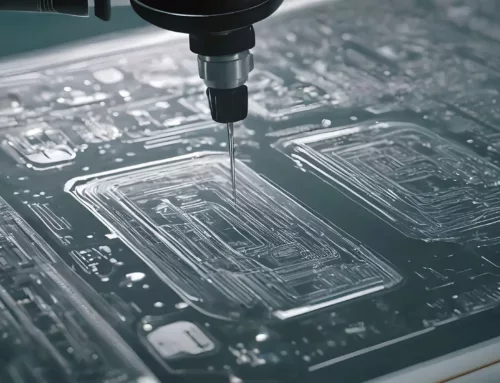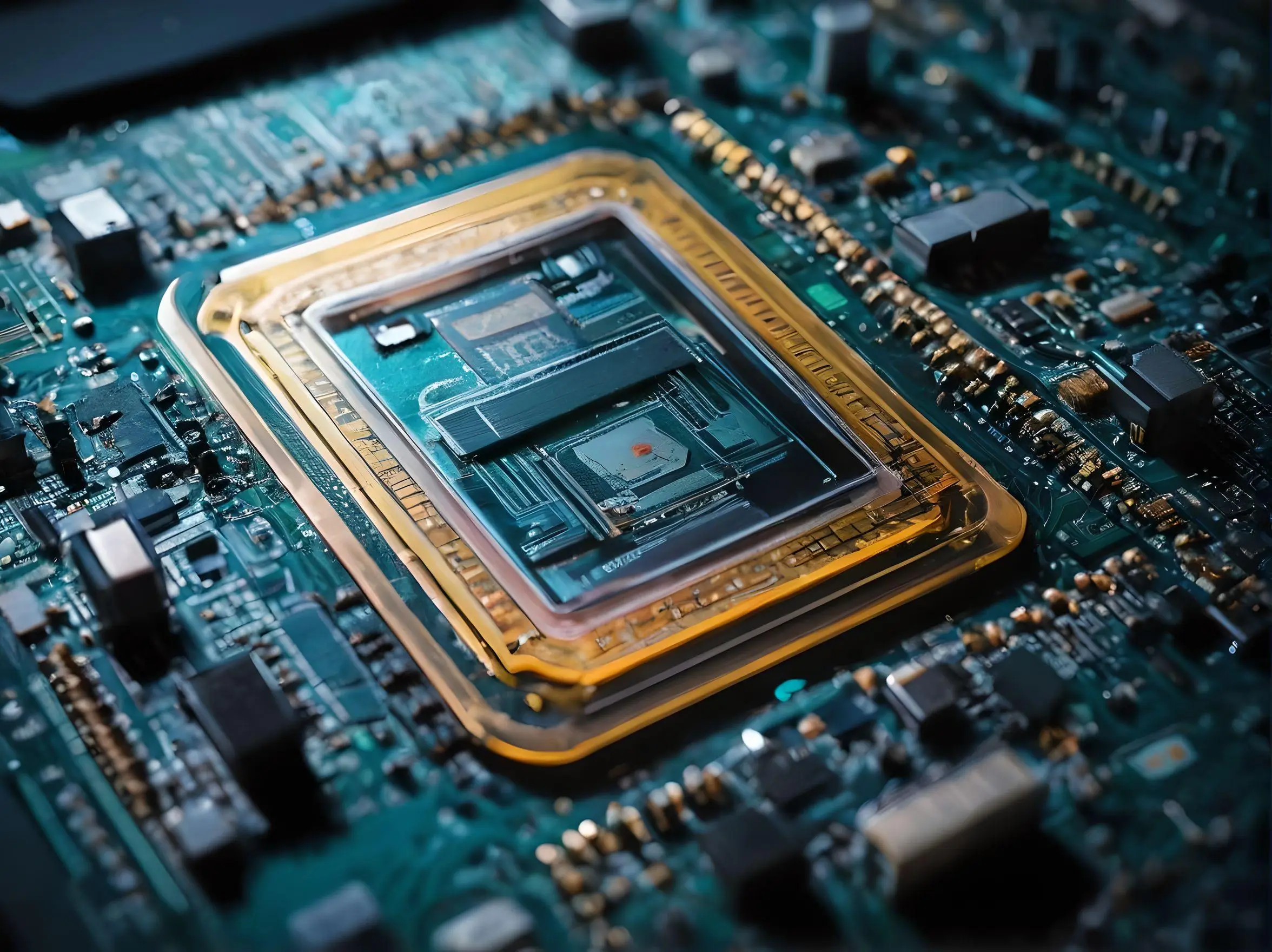
The previous series of the lab on a chip series discussed depositing thin films of materials onto substrates as a key step in lab-on-a-chip fabrication, since it allows for the creation of functional layers essential for sensors, electrodes, coatings, and other components to adhere to. Now we will look at how Functional Component Integration is built in a functional lab-on-a-chip device.
Functional Component Integration
Microfluidic devices often require the integration of additional components such as valves, pumps, electrodes, or sensors to enable specific analytical functions.
These components play key roles in controlling fluid flow, detecting analytes, or performing chemical reactions within the device. Various techniques are used to embed or attach these components within the chip structure, ensuring seamless integration and optimal performance.
Valves, such as pneumatic valves, are vital for regulating fluid flow and controlling liquid movement within microfluidic channels. These valves come in various designs, including passive valves like capillary valves and pneumatic valves, as well as active valves like electrostatic valves and solenoid valves. During the manufacturing process of microfluidic devices, valves can be directly placed into the device using techniques such as photolithography and etching. For instance, pneumatic valves are created by patterning elastomeric materials, such as polydimethylsiloxane (PDMS), to form flexible membranes that actuate under applied pressure.
Alternatively, valves can be integrated externally by connecting external actuators (e.g., pneumatic controllers, syringe pumps) to control fluid flow within the microfluidic device through pneumatic or hydraulic mechanisms. The significance of integrating valves enables precise control over fluid flow, allowing for sequential delivery of reagents, sample injection, or on-demand mixing of fluids within the microfluidic device. Pumps can be used to generate fluid flow and drive sample transport within microfluidic channels. Common pump types include syringe pumps, peristaltic pumps, and electrokinetic pumps. The on-chip pumping mechanisms such as microfluidic pumps can be integrated directly onto the chip using various techniques, such as electrokinetic pumping (e.g., electrophoresis, electroosmosis), thermal actuation (e.g., thermopneumatic pumping), or mechanical actuation (e.g., membrane-based pumps). External pumps can be connected to the microfluidic device via tubing or fluidic connections to provide controlled flow rates and volumes.
Electrodes are used for electrochemical sensing, impedance spectroscopy, electrophoresis, and other electrokinetic applications within microfluidic devices. On-Chip Electrods can be integrated directly onto the chip using thin-film deposition techniques such as sputtering or evaporation to deposit conductive materials (e.g., gold, platinum) onto the substrate surface. Electrodes can also be embedded within the microfluidic device by incorporating conductive materials (e.g., carbon nanotubes, conductive polymers) into the substrate or channel walls during fabrication. Integrating electrodes enables real-time monitoring of biochemical reactions, detection of analytes, and manipulation of particles or cells within the microfluidic device, enhancing its analytical capabilities.
Sensors are used to detect analytes, measure physical parameters (e.g., pH, temperature), or monitor biological processes within microfluidic devices. Sensors can be integrated directly onto the chip using microfabrication techniques such as photolithography and thin-film deposition to pattern sensing elements (e.g., optical waveguides, microelectrodes) onto the substrate surface. external sensors such as optical detectors and fluorescence detectors can be interfaced with the microfluidic device using optical fibers or microfluidic interfaces to enable real-time detection and analysis. The integrating sensors enables quantitative analysis, detection of biomolecules, and monitoring of biochemical reactions within the microfluidic device, facilitating applications such as point-of-care diagnostics, environmental
monitoring, and drug discovery. Integrating additional components such as valves, pumps, electrodes, and sensors is essential for enhancing microfluidic devices’ functionality and analytical capabilities. By employing various integration techniques, researchers can tailor microfluidic systems to specific applications, enabling precise control, real-time monitoring, and automation of analytical processes within the chip structure.
Functional Component Integration: Quality Control and Characterization
Microscopic examinations are conducted using advanced techniques such as scanning electron microscopy (SEM) and atomic force microscopy (AFM) to scrutinize microscale features with nanometer precision, ensuring dimensional accuracy and surface quality. Visual inspections are complemented by automated image analysis software, facilitating rapid defect detection and quantification. Flow testing involves employing microfluidic flow control systems comprising syringe pumps, pressure controllers, and flow meters to precisely manipulate fluid flow rates, pressures, and volumes within the microfluidic device. Functional testing encompasses a range of assays and experiments tailored to evaluate specific analytical functions, such as sample mixing, reaction kinetics, and analyte detection, under physiologically relevant conditions. High-resolution microscopy and imaging systems equipped with advanced functionalities, including confocal imaging and surface profilometry, enable detailed visualization and characterization of microscale features, surface topography, and material properties. Spectroscopic and analytical instruments, such as spectrophotometers and mass spectrometers, provide quantitative analysis of biochemical reactions, analytes, and compounds within the microfluidic device, offering insights into reaction kinetics, product yields, and chemical composition.
Dimensional analysis is performed using state-of-the-art metrology tools, such as coordinate measuring machines (CMMs) and optical profilometers, to precisely measure channel dimensions, feature sizes, and surface roughness. Surface characterization techniques, including contact angle measurements and X-ray photoelectron spectroscopy (XPS), elucidate surface properties such as surface energy, wettability, and chemical composition, crucial for optimizing fluid interactions and material compatibility. Material analysis involves mechanical testing using universal testing machines (UTMs) to evaluate material properties such as tensile strength, elasticity, and Young’s modulus, ensuring mechanical integrity and reliability of the microfluidic device.
Another important test is the biocompatibility assessments, which involve a number of tests, including cell culture assays, cytotoxicity assays, and immunological assays, to evaluate the compatibility of materials with biological samples and tissues. Incorporating these specific tests into quality control measures ensures thorough assessment and validation of lab-on-a-chip devices, guaranteeing reliability, performance, and regulatory compliance across diverse applications in healthcare, biotechnology, and scientific research.
Emerging Fabrication Technologies
Emerging fabrication technologies, including 3D printing and soft lithography, improve lab-on-a-chip developments by offering alternative approaches to traditional microfabrication methods. 3D printing, also known as additive manufacturing, enables layer-by-layer construction of complex three-dimensional structures with high precision and customization. Additive manufacturing allows for rapid prototyping and multiple design iterations, facilitating the realization of complex microfluidic geometries and integrated functionalities within a single device.
Additive manufacturing techniques, such as stereolithography and inkjet printing, offer versatility in material selection and deposition, enabling direct incorporation of functional elements such as sensors, electrodes, and valves into the microfluidic structure. Soft lithography, on the other hand, utilizes elastomeric materials such as polydimethylsiloxane (PDMS) to create microfluidic devices through replica molding of patterned master molds. This technique provides flexibility in channel design, layout, and compatibility with biological samples and reagents. Soft lithography enables rapid prototyping and low-cost
fabrication of microfluidic devices, making it ideal for academic research, point-of-care diagnostics, and resource-limited settings. These fabrication technologies offer several advantages over traditional microfabrication methods. They provide greater design freedom, enabling the creation of complex geometries and hierarchical structures with precise control over dimensions and features. Additionally, these techniques offer scalability and cost-effectiveness, allowing for mass production of microfluidic devices for commercial applications. Moreover, additive manufacturing and soft lithography are compatible with a wide
range of materials, including polymers, ceramics, and biomaterials, expanding the scope of potential applications in lab-on-a-chip development. New lab-on-a-chip fabrication technologies can also improve accuracy in various applications, including biomedical diagnostics, environmental monitoring, and drug discovery. Their ability to integrate multiple functionalities, such as sample preparation, mixing, reaction, and detection, within a single microfluidic platform enables streamlined workflows and enhanced analytical capabilities.
Furthermore, these technologies enable the fabrication of
personalized and customizable microfluidic devices tailored to specific research needs and applications. As these fabrication techniques continue to advance, their integration with new materials and functional elements will further drive innovation in lab-on-a-chip technology, paving the way for advancements in healthcare, biotechnology, and scientific research.

